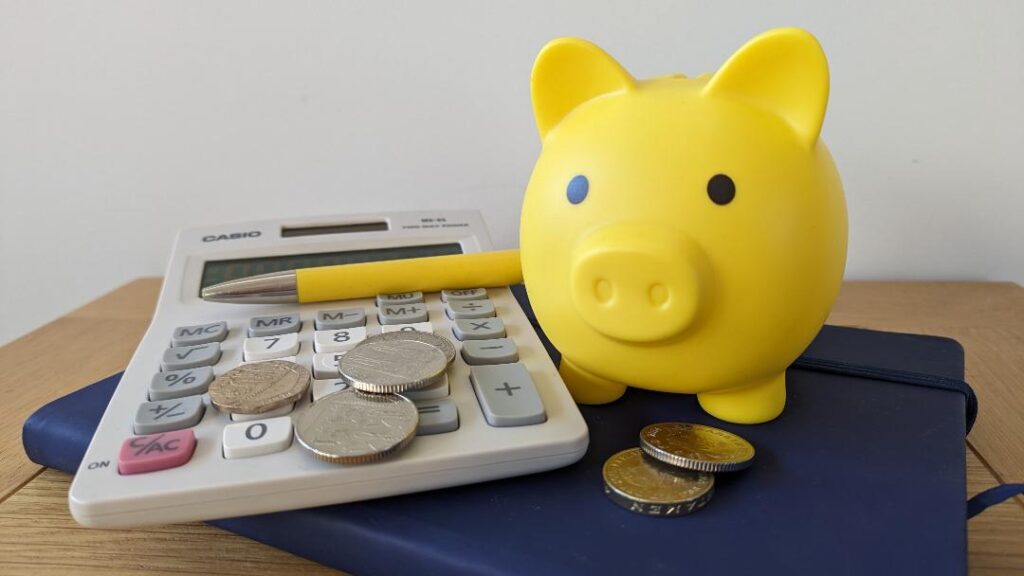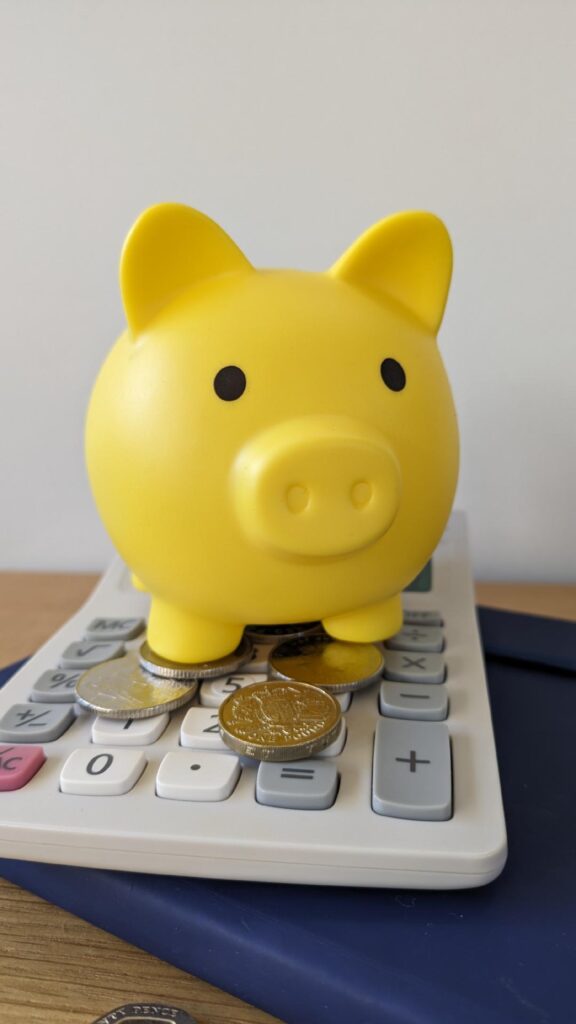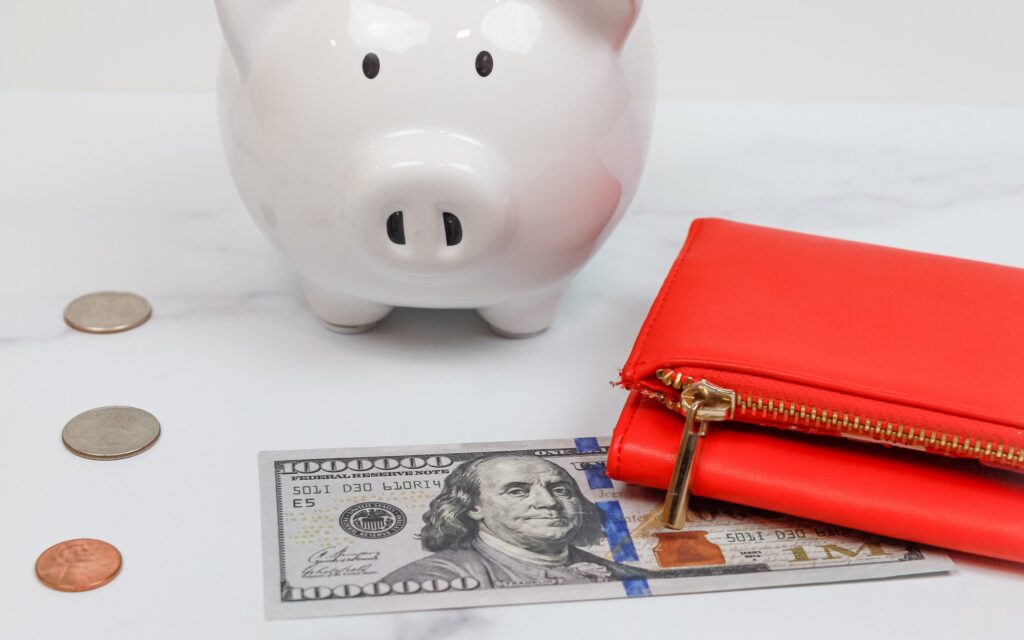
Registering with HMRC for an online personal tax account
Consider registering with HMRC for an online personal tax account at www.gov.uk. A personal tax account with HMRC lets you complete various tax tasks online, such as claim overpaid tax, amend your personal details and check your tax code. It is easy set up using the following link:
Personal tax account: sign in or set up – GOV.UK (www.gov.uk)
Tax refunds
You can earn up to £12,570 each tax year without paying any income tax – this is your personal allowance (PA). This works out to £1,048 tax-free income per month. Any money you earn above your personal allowance is your taxable income, and if you’re a basic rate taxpayer, you’ll pay 20% tax on this amount.
Individuals who work for part of the tax year, such as students may be due tax refunds from HMRC. If you work for the first four months of a tax year and are unemployed for the remainder of the tax year, you may be eligible for a tax refund. This is because your personal allowance is only used for the first four months of the year leaving the remainder unused.
To illustrate this, if you earn £1,500 per month from April to July during the tax year, you will pay £362 in tax. Your income for the year is £6,000 and below the tax-free personal tax allowance of £12,570. This means you are entitled to a tax refund of £362, which you can claim using your personal tax account with HMRC.
Someone starting work later in the tax year will carry forward their monthly cumulative tax-free amounts. For example, someone starting work in August will have a cumulative tax allowance of 4 months (April to July) or £4,190. Once the cumulative income exceeds this amount tax will be payable.
Example of UK cumulative personal allowance and tax
The table below illustrates the cumulative nature of the personal allowance (PA) and tax calculations. In July the cumulative salary is £4,000, while the cumulative PA is £4,192. As the personal allowance exceeds the cumulative salary, there is no taxable income and no tax due. The spare £192 of the PA is carried over to August and used in that month. By September the PA will be the standard monthly equivalent of £1,048 and the taxable income will be £952 (£2,000 – £1,048). To calculate the monthly taxable income figure, deduct the prior month’s cumulative figure from the current month (September: £1,712 – August: £760 = £952).
| Details | April | May | June | July | Aug | Sept |
|---|---|---|---|---|---|---|
| Monthly salary | nil | nil | 2,000 | 2,000 | 2,000 | 2,000 |
| Cumulative figures: | ||||||
| Salary | nil | nil | 2,000 | 4,000 | 6,000 | 8,000 |
| Personal allowance (PA) | 1,048 | 2,096 | 3,144 | 4,192 | 5,240 | 6,288 |
| Taxable income | nil | nil | nil | nil | 760 | 1,712 |
| Monthly amounts: | ||||||
| Net taxable income | nil | nil | nil | nil | 760 | 952 |
| Balance of PA | 1,048 | 2,096 | 1,144 | 192 | nil | nil |
Calculate tax refunds
Keeping all your payslips is useful to calculate tax refunds that you may be due. At the end of the tax year (5th April) add up all your income and tax from all employments. Your final payslip for the tax year and P60 should include details of the cumulative tax you have paid. If your total earnings are below the tax-free allowance of £12,570, your tax code is 1257L and you have paid tax, you may be due a refund.
If your earnings exceed the personal tax allowance, deduct £12,570 from your earnings, and multiply the remaining amount by 20%. This will give you an estimate of how much tax you should have paid. If you have paid tax above this amount, you may be eligible for a tax refund.

